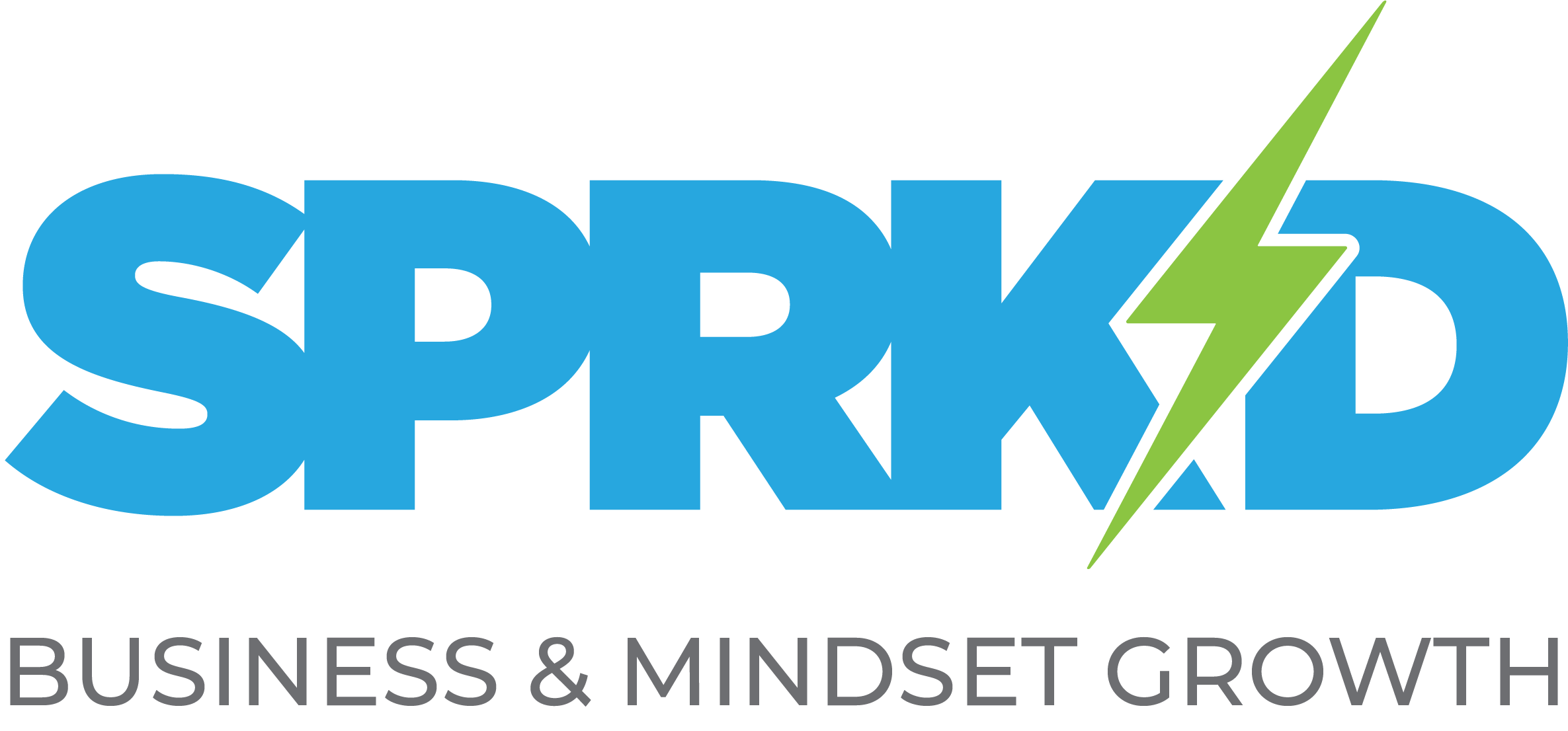Build a business you love to lead. Create the life you want.
Small Business Owner’s Guide to Becoming a Content Creator

The reality of online marketing today requires small business owners to become content creators.
Like most business owners, you wear multiple hats and are tremendously busy each and every day. But part of your role as a small business owner is getting your company’s specific message out into the world. Ultimately, you are the best authority on your business, and the most relevant message will come from you. Once you begin to see yourself as a content creator, you can get your authentic message in front of potential customers.
The shift in mindset required in order to become a content creator can be challenging, and there will be hurdles that come up along the way. The key factor in turning a business owner into a content creator is adjusting your schedule to make content creation a priority. This may seem like a lot of extra work now, but the long-term benefits to your business will be worth it.
You will have to adjust your thinking from, “What has to get done today?” to “What actions will be the foundation of our future success?”
Becoming a Content Creator
What is Your Passion?
Creating content that is compelling to your audience is really just about expressing the passion you have for what you do. Think about the aspects you feel strongly about, and the content creation process won’t seem so tedious. In fact, you may begin to think of it as kind of fun!
Why did you start your businesses in the first place? Wasn’t it because you had a passion burning inside you for what you do? It can be easy to lose sight of that passion in the day to day execution of work; take some time to reconnect with your passion and think about your journey as an entrepreneur. The self-reflection can be good for you mentally, as well as a great way to attract new prospects and grow your business.
Play to Your Strengths
Small business owners are often afraid that they are not good enough writers to become content creators. But successful business owners, particularly those in the online space, are already creating a substantial amount of written content, often without even realizing it. Remember that this critical skill can be improved upon through practice. The more you write, the better your writing will become.
If you are convinced that your writing is horrible or if you know the mere thought of writing will prevent you from even trying to create content, remember that content does not always have to come in written form. Find a way to express yourself and your brand’s story by using a method that motivates you. Do you enjoy public speaking or taking pictures? Do you have a secret desire to be a YouTube star? Or perhaps you’re a closet Pablo Picasso.
Whatever your strength, the content creation process can work for you. Find the format that suits your particular strengths, voice and brand image, and creating content will become an enjoyable and productive part of your day.
Make the Time
Good content creation takes time, and time is a precious commodity. What you, as a business owner, spend your time on should be determined by your priorities and self-discipline. It can be all too easy to use the excuse of not having enough time when it is in regards to something we don’t want to do.
Content creation is the foundation of a successful online business, and a major part of becoming a content creator is scheduling time for it and making it a priority. Block off time in your schedule each week for content creation so that when “content creation time” comes up, you will be forced to embrace your inner content creator.
Problem Solve
If creating content is not happening on a consistent basis in your organization, look at it as a problem that must be solved. Entrepreneurs are often natural problem solvers so establish a content creation SMART goal. If your goal is to start up a business blog, establish how many posts you will publish and how often, set an initial publish date for the first article and make sure to plan enough time for research and writing. Creating an editorial calendar will also keep you on track.
Quick Tips for Faster Content Creation

Checklists
Checklists are a remarkable way to create quick and easy content that can give your audience great value. Providing content in list form makes information more accessible to your audience, so they can scan your content quickly and focus on the sections that are most relevant to them. Find a process that your audience needs but may not know all the ways they can go about meeting that need. Research the options, create a checklist to follow, and for each check mark, write 1-3 paragraphs clarifying how to follow each step. You can add further value by linking to blog posts or eBooks that go into each specific check mark in more depth.
Turn a Process into Content
You’ve organized your own business and created processes for the varied tasks your organization must perform. So why not share some of that information with your audience by creating a content download?
For example, if a flower shop took their process for creating the perfect wedding bouquet and wrote it down in clear detail (preferably with pictures), they could then offer this guide as a download on their website for those who want to create their own wedding bouquets. This type of content serves to build trust, establish authority and can create a vast list of leads who are in the market to buy some of what you are selling.
Re-Purpose for Added Value
Your business probably already has some content already created. Perhaps it’s a promotional video, an introduction video or a product information pamphlet. Take something you’ve already created and expand it to add even more value to your audience. You can then offer that expanded content as a blog post or as a downloadable offer.
Another example of re-purposing content is to start with the first piece of content, a 15 minute video, for example, which could then be transcribed and turned into an eBook for download. This could then be spun into a third piece of content by taking 2 or 3 points from the eBook and expanding them out to create one or more blog posts. These blog posts should then include call-to-actions to download the eBook or to watch the video for more information.
Co-Creation/Guest Blogging
It’s probably a safe bet to say that you work with complementary businesses in your field. For example, a bakery may work with a specific suppliers, or a dental practice may work with a local orthodontist.
Partner with that complementary business to create content. Each business can speak from its own perspective and establish its expertise in relation to the other business. This cut down on the overall time and effort of creating content, and will also expand your business’s reach to extend to the complementary business’s audience.
Crowd Source/Compilation
When dealing with a complex topic or concept, it is incredibly useful to offer your audience a variety of perspectives. Gathering and compiling ideas from a number of different people will allow you to share the burden of developing and articulating those ideas, while still creating a valuable resource for your audience. This type of content will also broaden your audience reach to include the network of each contributing individual.
Recent Posts
UNLOCK YOUR POTENTIAL IN 30 MINUTES
👀 Seeking efficient solutions to the business, marketing, or mindset challenges you face?
🚀 Ready to take your business to the next level?
⏰ Short on time?
QuickWin Coaching is designed with you in mind. Why waste hours in lengthy coaching sessions when you can achieve remarkable results in a mere 30 minutes?





